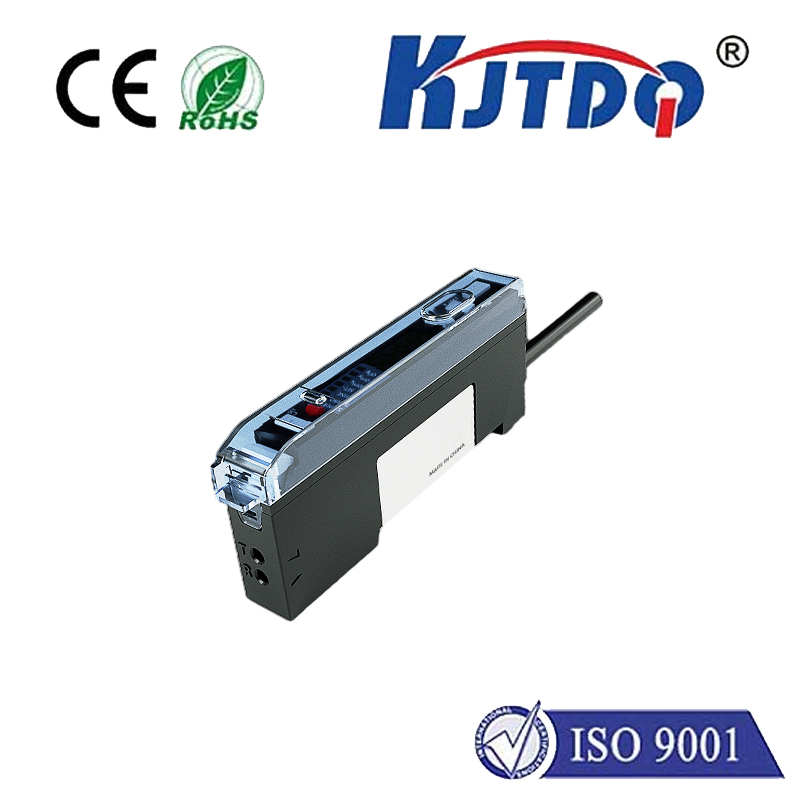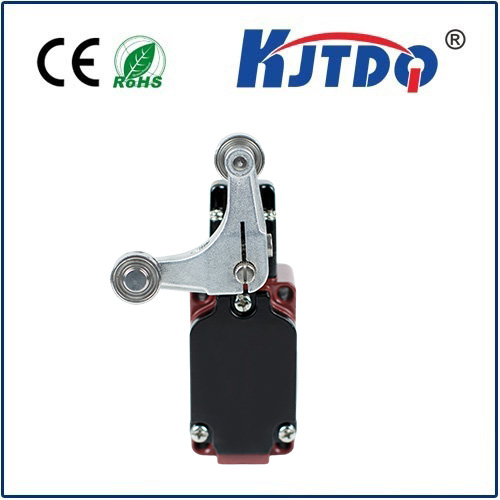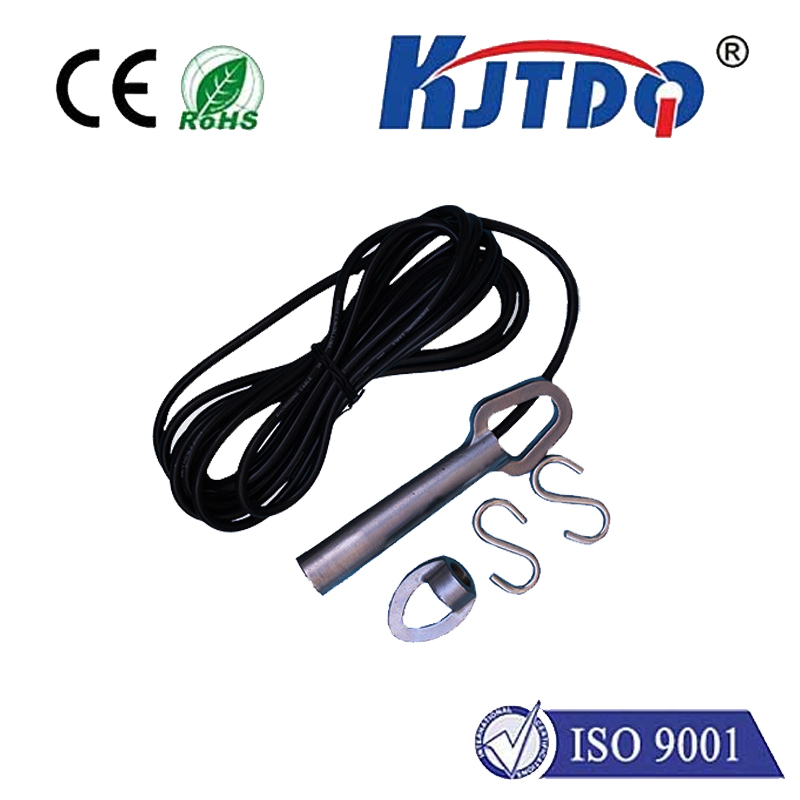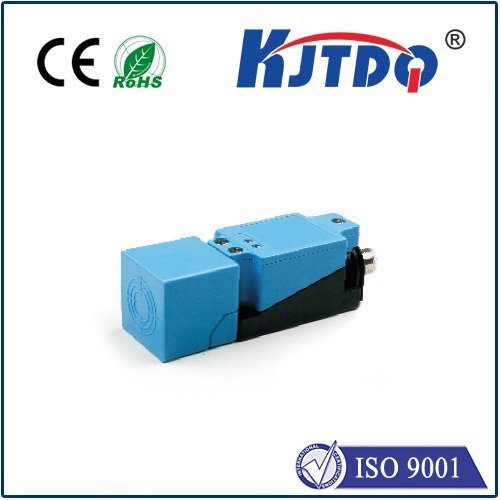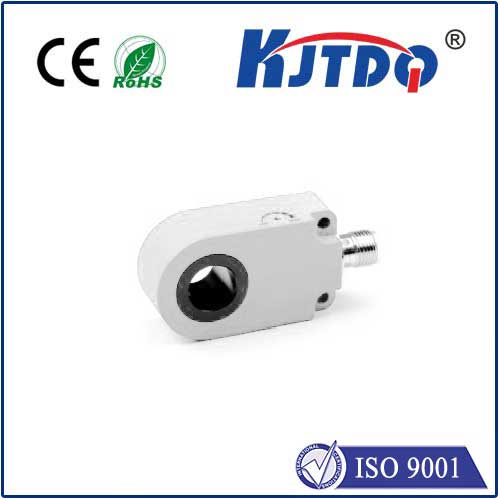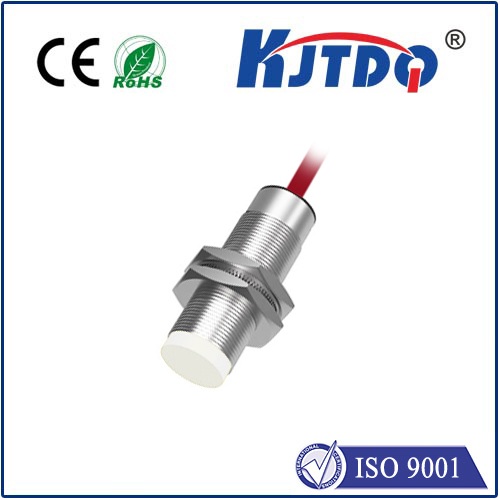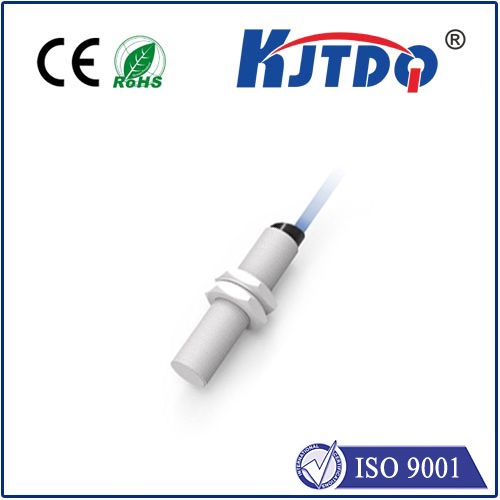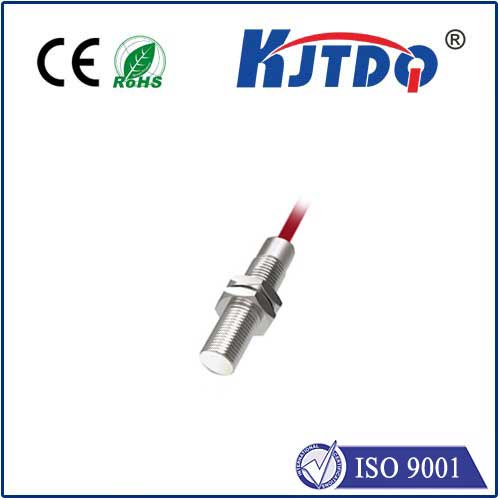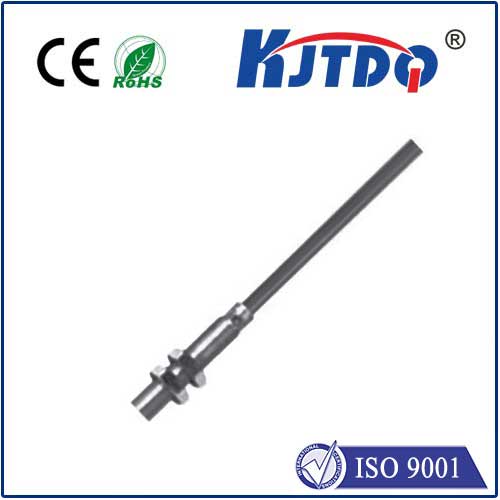
check

check

check

check
The ESP32, a popular and highly versatile microcontroller, has revolutionized the way we approach Internet of Things (IoT) and smart projects. With its ability to support I2C functionalities on almost any pin by simply setting it in the code, the ESP32 offers a remarkable ease of use and flexibility that appeals to both beginners and seasoned developers. This article explores how integrating an ESP32 with a laser sensor not only enriches your projects but also opens up possibilities for precise and innovative solutions.
When combined with the Arduino IDE, the ESP32's compatibility extends even further. By employing the wire library, developers can leverage I2C to communicate with attached devices seamlessly. This integration paves the way for a wide array of uses, among which the employment of a laser sensor stands out as particularly intriguing.

Laser sensors have long been recognized for their precision and reliability in distance measurement and object detection. When teamed up with the ESP32, these sensors can transform simple projects into sophisticated systems capable of accurate data collection and response. For example, in robotics, the combination can be employed to navigate obstacles or measure distances with a high degree of accuracy.
Moreover, the ESP32’s capability to interact with laser sensors via I2C simplifies the process significantly. This means that connecting and transmitting data between the two becomes a straightforward task. The wire library in Arduino IDE is specifically designed to simplify this communication, making the integration process accessible to anyone familiar with basic coding practices.
In practical applications, the ESP32 laser sensor setup can be utilized in various contexts such as automation, where precise measurements are crucial for calibrating machinery or monitoring processes. Additionally, in the realm of home automation, the set-up can be used to control devices based on the detection of movement or proximity, offering enhanced security and convenience.
As we consider the implications of marrying an ESP32 to a laser sensor, we also open the doors to potential challenges and areas for innovation. Developing codes that optimize data retrieval from the sensor or enhancing algorithms for improved accuracy can become the focus of future developments. The robustness and adaptability of the ESP32 ensure that as your project evolves, so can the technology supporting it.
In conclusion, the ESP32 laser sensor combination is a powerful tool that brings precision, flexibility, and an expansive range of applications to your projects. Whether you're delving into automation, robotics, or home automation, this dynamic duo promises to deliver reliable results and open new horizons for innovation. As developers continue to explore the capabilities of these technologies, we can expect to see more creative and advanced projects emerging in the field of IoT and smart technology.
